AchieveUnite’s Gamifying your Channel Programs Series is a three-part series aiming to show how gamification can effectively change the way you engage, motivate, and activate your channel users.
In the last two articles, we covered what gamification is, strategies and principles to design a program, and provided some examples to effectively deploy gamification in your channel. You can just go with that and trust that gamification works. If, however, you are like me, you want to know why gamification works as well.
I am not a psychologist, but I did some research on what makes gamification powerful. People have fundamental desires for reward, status, achievement, self-expression, competition, and altruism, among others. These desires are universal, and cross generations, demographics, cultures, and genders. Game designers have known for years how to address these needs within gaming environments, and gamification enables these precepts to be applied more broadly. By wrapping the appropriate set of game mechanics around your website, application, or community, you can create an experience that drives behavior by satisfying one or more of the following human desires.
1. Give users control
We want users to move through our channel platform and complete the required tasks. These actions include completing their registration, submitting deal opportunities, running marketing programs or submitting for sales incentives.
However, people don’t like being forced to do what we want. They want to be in control of their own lives. To motivate them without upsetting them, we need to be creative and make their journey interesting and possibly fun. Giving user choice as to what to do next, gives them control. The choices are typically, what we want them to complete.
Online courses do this very well, like Duolingo we discussed earlier. Another example is Udemy, a site that hosts courses on all sorts of topics.

Their gamified system puts the user in control. You can pick the lectures, and you’re in control of clicking ‘next lecture’. It’s a simple trick, but we get a kick out of making our own decisions.
2. Tell us where we are, and where we are going
When asked to do something, we like to know where we are in the process now. We want to know how far we are from the end the work. If unsure about the investment we need to make to finish, we may just stop.
Survey software like SurveyMonkey does a great job of letting you know how much of the survey you have completed, and more importantly, how much more you have until finished.

Something as simple as a progress bar acts like a map for your users. They know where they are in the process. They know how far they’ve got to go.
3. Reinforce good behavior
We all use rewards to support good behavior. When training our dog, we give a Milk-Bone when they do what we ask. The reward lets the dog know, we are happy with their behavior and that they should do it again.
Your users are not dogs, but gamification does the same thing. When you complete a task, you get a reward or badge. The reward reinforces the completion of the action and motivates us to do it again.
The best example of this is Facebook. We read, post, and comment to drive our ‘Friend count’ and ‘Likes.’
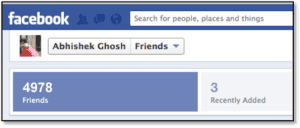
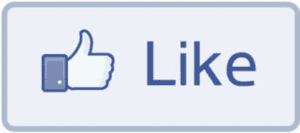
Facebook is fantastic at incorporating subtle gamification. Facebook shows you how many friends you have, motivating you to invite more people to feel ‘popular.’ When you post a status or picture, you can be rewarded with ‘Likes.’ Who doesn’t want to be liked?
If you reward your participants, even subtly, it reinforces the behavior you want them to do and hopefully they will continue to repeat it.
4. Provide a sense of achievement
Achievement is one of the most powerful psychological driving factors of human behavior. Everything we do, we do to achieve something. Those in your channel are trying to achieve something. We want to motivate them to align their achievements with our goals. Leaning about your products or closing a deal, for example.
If you recognize a user when they achieve something, they are more likely to repeat it. Managers know that simply saying, ‘good job’ when an employee does good work can motivate them to continue to work hard. Getting an “Employee of the Month’ award is even better.
Driving channel enablement with training can be supported with badges. Not only do the participants feel a sense of achievement, but the badges can be used to demonstrate competency to their customers.


5. Exceed goals and compete with ourselves
Humans are competitive by nature. Most of us want to push ourselves further and harder.
By using ‘personal bests’ and ‘previous records’, you can convince your users to come back and try again. This is the driving factor behind the popularity of Nike+ app. Show us our own statistics, and we’ll want to beat them.
I use an application called ‘Lose It!’ to track what I eat. I set a weight goal, jump on my linked scale and track it daily. I can also enroll in challenges to create personal contests. Just playing the game has really worked. I have lost about 20 pounds.
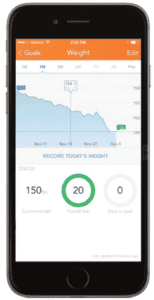
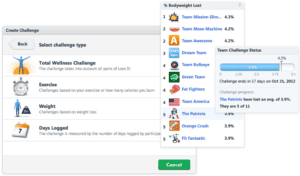
6. Compete with others
If you think we’re competitive with ourselves, we really pull out the stops when competing with others. Salespeople are famous for their desire to compete. Many companies offer Presidents Clubs to reward the top direct salespeople with an all-expense paid trip to Hawaii.
Who’s best at this? Facebook, Twitter, LinkedIn, Instagram. The social networks thrive on the idea of gamified competition, particularly who has the most followers.

Getting followers is true with famous people, but it is also true in our own network. We check who has the more fiends, likes, followers and are driven to beat them.
7. Get rewarded
This one almost doesn’t need explaining. Everyone loves rewards. There is even the saying that “the channel is coin operated.” If you pay, you will get results. Points and rebate programs are the most obvious examples of effective channel reward programs.
Given we are businesspeople, we know airlines and hotels know how to reward us and we give them the loyalty they desire. We go out of our way to fly on our preferred airline so we can get not only earn miles for free trips but receive those elusive free seat upgrades.
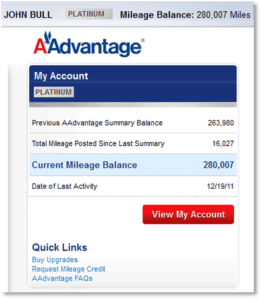
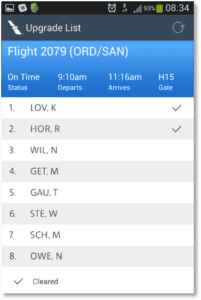
Rewards clearly drive action.
8. Receive exclusive offerings
We want to feel special. Getting invited to an exclusive party makes us feel good. Exclusivity creates intrigue, jealousy, and curiosity. People will work hard to achieve that invitation and status.
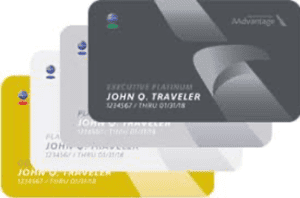
Again, the airlines know this and create exclusive levels you must earn each year. This exclusivity not only lets you board early so there is room for your bag, but it can earn you free club access, system-wide upgrades, and personal service if your flight is late or cancelled.
9. Team up and collaborate
Another key psychological driver is community and collaboration. We are social animals, which is why we love multi-player games. This translates well to gamification. If you can make users feel like part of a team or community on their journey, you’ll create loyalty and a positive user experience.
Kickstarter thrives on this community gamification. The spirit of community and collaboration is clear on their site. When a project finally reaches its funding goal, it’s like a shared achievement.
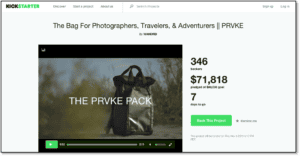
Finding ways to bring people together to achieve a shared goal is very motivating. No one wants to let the team down.
10. Feed our addition
Gamification triggers a dopamine rush. It’s that simple. Leveling up, gaining a reward, getting feedback or achieving something all gives us that little rush.
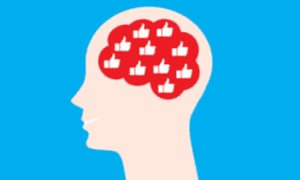
That’s dopamine in your brain. It’s your mind telling you to do it again because it feels good! And that’s when addiction kicks in.
There’s a reason we get addicted to gaming. And there’s a reason why websites and apps that harness gamification retain their users. You keep coming back for that dopamine hit.
Conclusion
Gamification isn’t just a buzzword or a gimmick. Done correctly, it triggers real, powerful human emotions.
It generates positive user experiences, increases engagement and loyalty and should be utilized as part of your overall channel automation engagement strategy.
Ready to take your channel strategy to the next level? We can help! Connect with us today.
Did you miss Part 1 or Part 2 of this series? Check them out here.
Gamification in the Channel: What is it? (Pt 1)
Gamification in the Channel: How do You Use it Effectively? (Pt 2)
